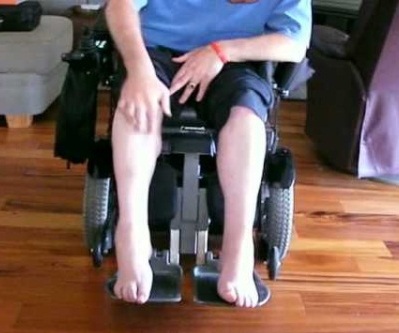Muscular dystrophy: Causes, Symptoms and Treatment
The muscular dystrophy is a virtually unknown illness for most, especially in regard to the causes that are already behind the symptoms that give the alarm. In fact, one of the first features, and less known, is that this is a hereditary disorder, for which, although there is no definitive treatment, there are therapies that help slow the disease and improve the quality of life of those suffers. The first symptoms of muscular dystrophy usually appear in childhood. Let’s look more closely, what is behind this disease.
Although there has been progress in the knowledge of this disease, the truth is that you can not always speak of a specific cause that provokes it. In fact, muscular dystrophy combines a number of pathologies related neuromuscular disorders of a degenerative nature. In its appearance, the genes (heredity) have much to say. A disease characterized by progressive atrophy of skeletal muscles. Gradually, the cells of the muscles stop functioning properly, and also fail to do so the muscles lose its strength and functionality.
Table of Contents
Symptoms
Early symptoms of dystrophy appear in the first years of life, ie in childhood. However, there are exceptions and in some cases anomalies can begin in adulthood.
Around 3-4 years, in most cases, the child begins to show symptoms. Thus, the first signs of muscle strength deficits are often translate into difficulty to get up and running or in motive problems. As the child grows, the disease runs its course, arriving in the later stages of losing the use of his legs, that is, the person with muscular dystrophy can not walk because they can not stand by themself, requiring use a wheelchair to get around. In some cases, the disease can also lead to other associated problems like joint problems, breathing muscles and in the heart.
Causes
The causes of muscular dystrophy we can say that it is a matter of genetics. Dystrophy is caused by a genetic alteration, an abnormality in the genetic makeup of the person that interferes with the functioning of muscle cells that degenerate causing atrophy.
Treatment
Although today there is no definitive cure, if there are effective treatments to improve the quality of life of those who suffer dystrophy, helping to control the symptoms and reduce complications. In addition to drug treatment (in some cases effectively applied cortisone) prescribed by the doctor, are also highly recommended physiotherapy sessions.
